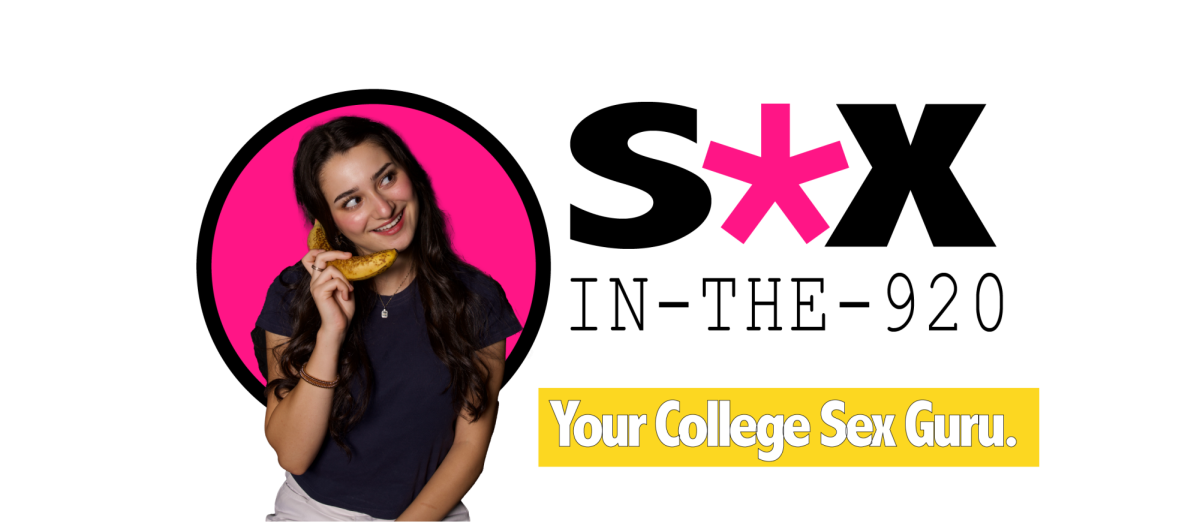Just this past week, the Lesbian Gay Bisexual Transgender Queer Plus Resource Center at the University of Wisconsin Oshkosh held its annual TransAction Week beginning March 31, the International Day of Transgender Visibility. The weeks events consisted of panels discussing transgender lives and workshops encouraging community building. Although full acceptance is far from being achieved, increased visibility within educational institutions, as well as increased media representation, has shed light on transgender social and structural barriers and has created spaces for discussions of inclusivity. In the past, representations of transgender people in media have been scarce. When transcharacters began appearing on film and television, they were often villainized. Nip/Tuck, which aired in 2003, is an example of this villainization. This cable series featured the lives of two plastic surgeons as they engaged in shady business deals and encountered criminal activity through their clientele. The series introduced a transgender character by the name of Ava Moore. This characters villainous nature seemed to attack transgender identity. In an environment in which there are almost no representations of trans people, to have a character who is emotionally and sexually manipulating other people, a character who is selfish and in many ways monstrous, that is a really limited representation and it bears incredible amounts of weight, Radio/ TV/ Film professor Dr. Caryn Murphy said. The flip side to this is found in recent shows like Orange is the New Black and Transparent, which Murphy described as niche programming. Orange is the New Black centers on the experiences of a diverse group of women who are serving time in prison. One of the main characters is transgender actress and activist, Laverne Cox, who also plays the role of a transgender woman in the series. The show is trying to tell her story and give the audience a sense of dimension of what gender identity means in this persons life, Dr. Murphy said. The series, Transparent, explores the life of a family as they process their fathers newly revealed transgender identity. The show is telling the story about a whole family and they have known their dad their whole lives and this is their dad telling them, There is something fundamental about me that you dont understand, and Id like to fundamentally change the way that you relate to me, Murphy said. I just think that the show is really sensitive about the way that it tells that story. Other positive examples listed on The Gay and Lesbian Alliance Against Defamation website include The Imitation Game, Days of our Lives, and How to Get Away with Murder. As visibility of transgender identity increases in the media, it allows for increased discussions within other institutions, especially within education. Understanding the terms utilized in these discussions is key to engage in informed conversations. People who use the term transgender as an identity term may define it differently, Liz Cannon, Director of the LGBTQ+ Resource Center at the University of Wisconsin Oshkosh said. However, she explains that the definition currently being utilized in S.A.F.E. training is as follows: Someone whose gender does not align with the social expectations for their assigned sex. This term can also be used as an umbrella term for a vast array of identity categories, which describe people who challenge societal norms. People must self-identify as this term for it to be appropriately used to describe them. The term used to describe the opposite of transgender is cisgender. The term binary is used to describe the two socially accepted gender identities of male and female. The absence of a unanimously accepted definition for transgender identity opens up the possibility of misconceptions. Some of the most common misconceptions include the belief that everyone who is transgender transitions to a binary gender identity, everyone who is transgender wants the surgery, most who are transgender do sex work, you will know if someone is transgender, and that most cisgender people dont know anyone who is transgender, Cannon said. UWO student, Mimi, who declined to give her last name, identifies as transgender and said she has been subject to many misconceptions surrounding transgender identity in addition to racial discrimination. She said that the LGBTQ+ community within UW Oshkosh is active in making the entire community feel as one, but is more accepting of queerness than of racial differences, while outside of the University community, people are more accepting of racial differences rather than queer identity. So what can students and educators do to improve inclusivity? Mimi urges students to not be afraid to ask questions and be open minded. Just listen and maybe there is something that you guys can connect on somewhere and find that commonality, Mimi said. Set ground rules for discussion and classroom etiquette, manage inclusive content and inclusive language in classroom discussions and lectures, create a classroom climate in which the perspectives of LGBTQ+ and non-LGBTQ+ students are valued, humble yourself and apologize where necessary, Canon said. Learn from your mistakes, and always try to broaden your understanding of LGBTQ+ issues so you can best support all of your students.
Categories:
Students should work toward LGBTQ+ understanding, respect
April 9, 2015
0





